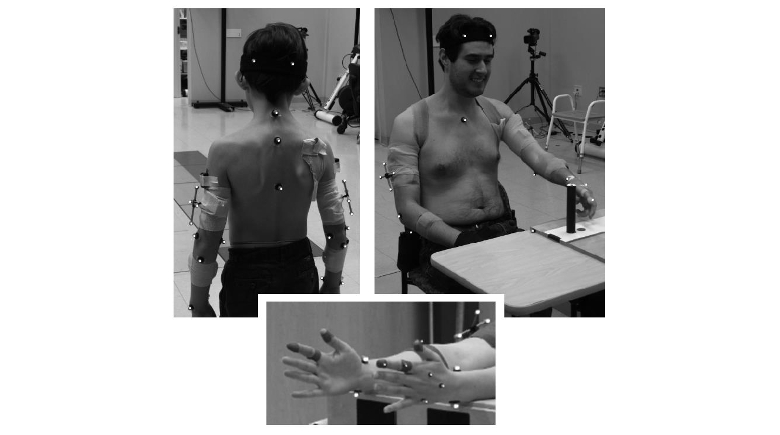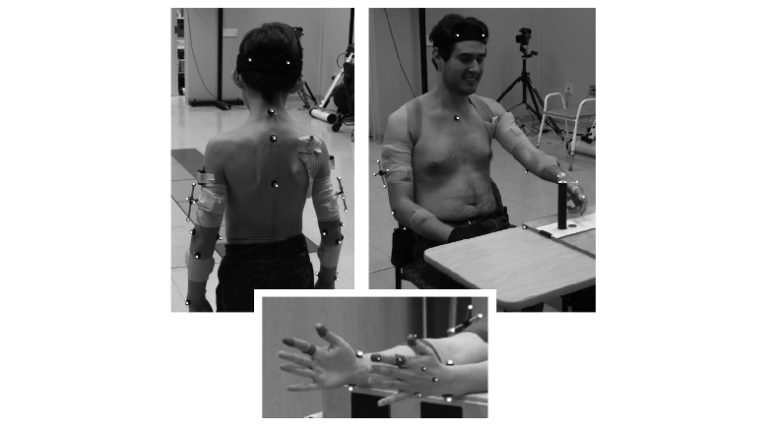
Functional reaching is impaired in dystonia. Here, we analyze upper extremity kinematics to quantify timing and coordination abnormalities during unimanual reach-to-grasp movements in individuals with childhood-onset unilateral wrist dystonia. Kinematics were measured during movements of both upper limbs in a patient group (n = 11, age = 17.5 ± 5 years), and a typically developing control group (n = 9, age = 16.6 ± 5 years). Hand aperture was computed to study the coordination of reach and grasp. Time-varying joint synergies within one upper limb were calculated using a novel technique based on principal component analysis to study intra-limb coordination. In the non-dominant arm, results indicate reduced coordination between reach and grasp in patients who could not lift the grasped object compared to those who could lift it. Lifters exhibit incoordination in distal upper extremity joints later in the movement and non-lifters lacked coordination throughout the movement and in the whole upper limb. The amount of atypical coordination correlates with dystonia severity in patients. Reduced coordination during movement may reflect deficits in the execution of simultaneous movements, motor planning, or muscle activation. Rehabilitation efforts can focus on particular time points when kinematic patterns deviate abnormally to improve functional reaching in individuals with childhood-onset dystonia.

